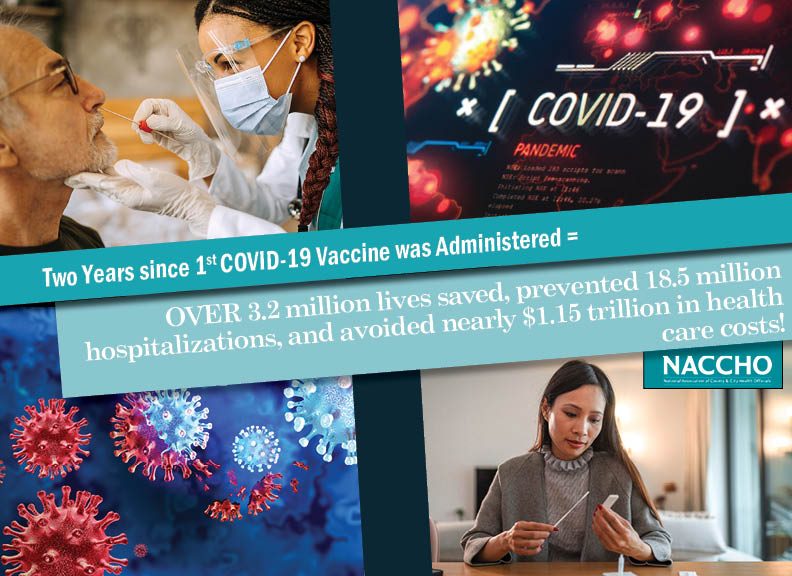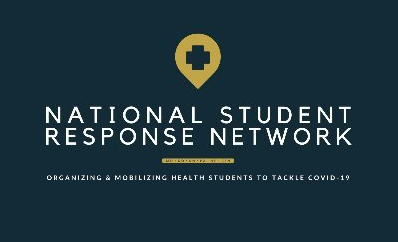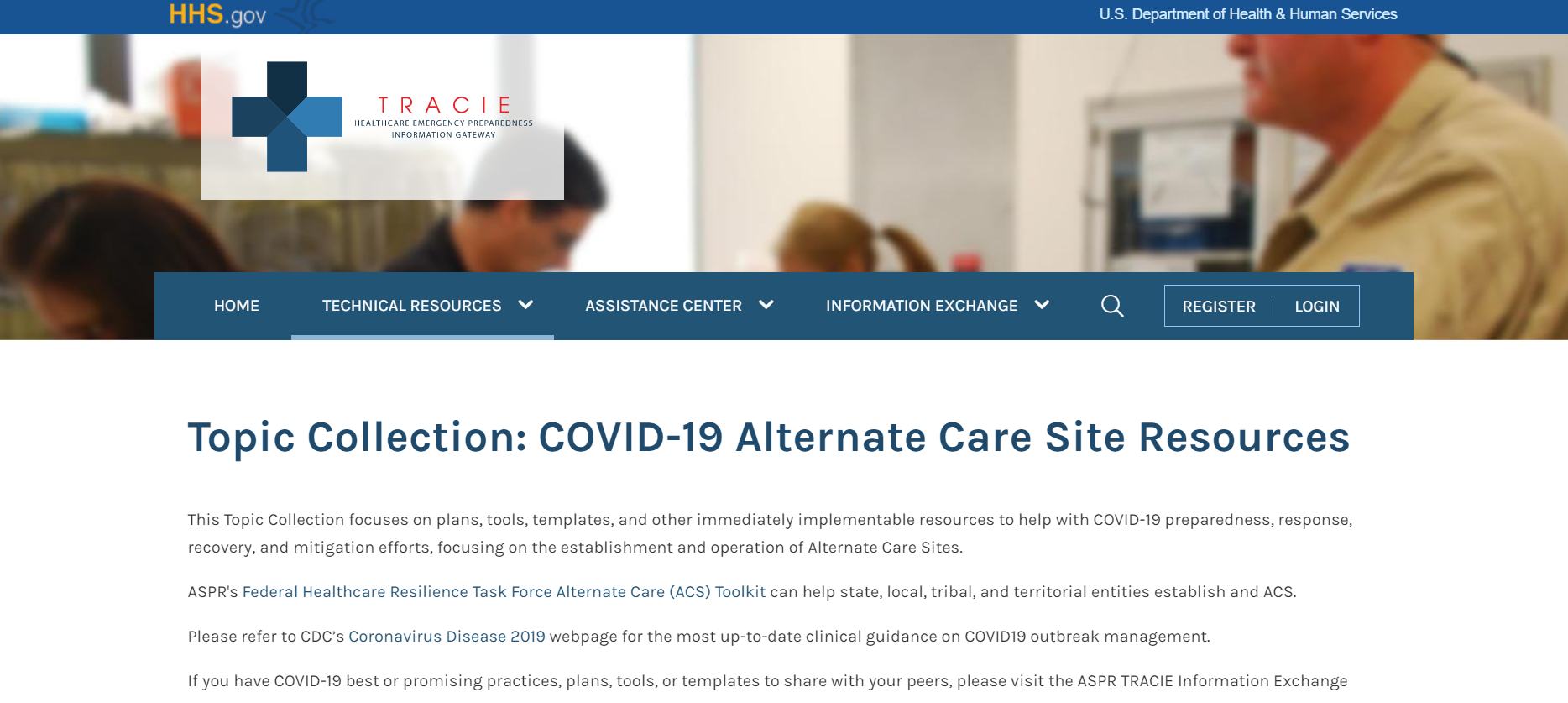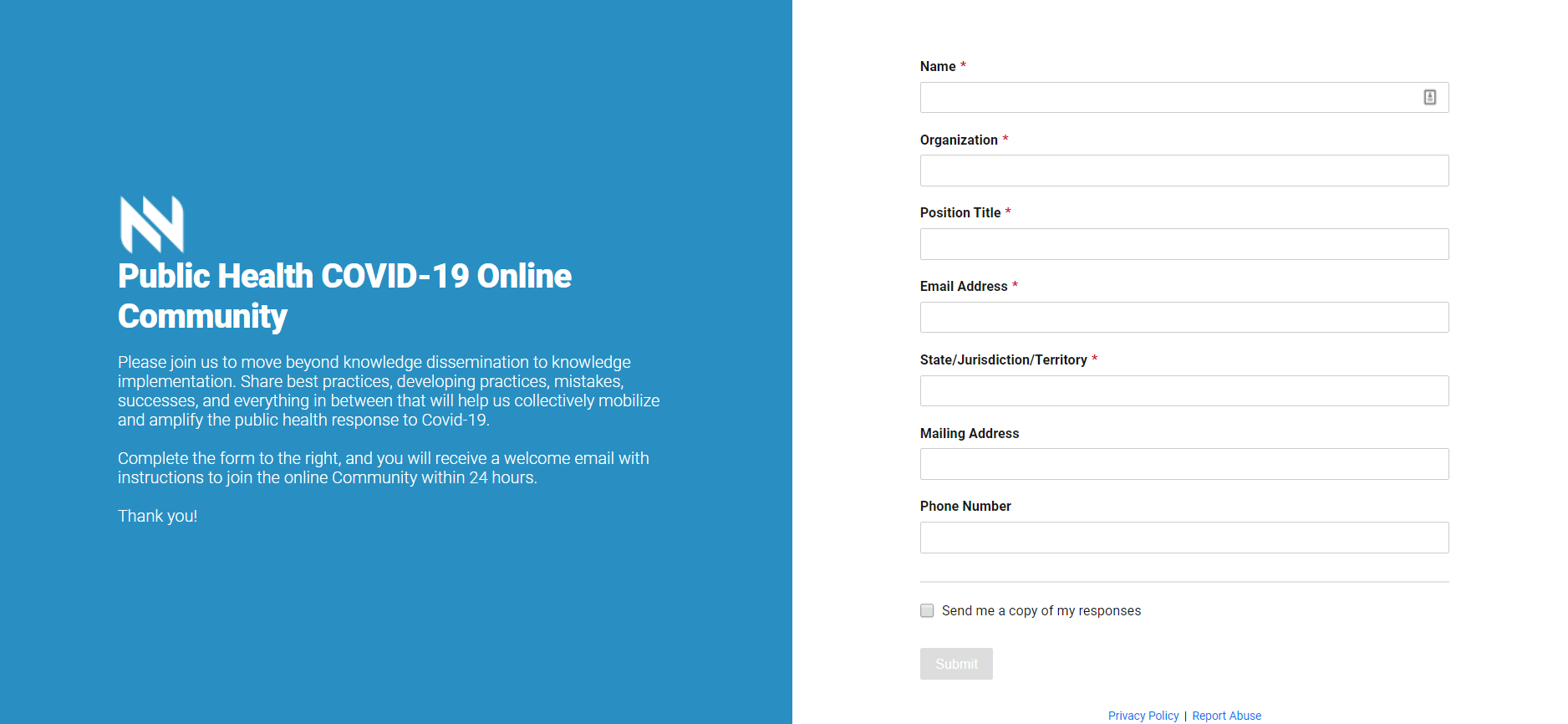Popular Categories
Funding Opportunity: Neonatal Abstinence Syndrome Surveillance
The Council for State and Territorial Epidemiologists (CSTE) funding opportunity for Neonatal Abstinence Syndrome (NAS) surveillance....
Dec 02, 2019 | Kim Rodgers
Ready or Not? TFAH Releases 2017 Assessment of Public Health Preparedness
In the world of preparedness and response, 2017 was marked by several historic and catastrophic incidents. Hurricanes took center...
Jan 09, 2018 | Katie Dwyer
Summer is Here and So are the Mosquitoes: Why Local Vector Control is Key to...
As temperatures rise well above 50 degrees throughout much of the country, mosquito season is in full swing, meaning many Americans...
Jul 31, 2017 | Chelsea Gridley-Smith
Inside My NACCHO Fellowship Experience: Attending the 2017 Preparedness Summit
By Tara Lutz, MPH, CHES, NACCHO Health and Disability Fellow As a NACCHO fellow I had the opportunity to attend one conference or...
Jul 27, 2017 | Anastasia Sonneman
A Year in Review: The Best of NACCHO Preparedness
From the onset of Zika virus disease to international acts of violence related to terrorism, to the worst global migrant crisis since...
Jan 03, 2017 | Anastasia Sonneman
Communicating the Impact of the PHEP Program
By Sarah Getachew, NACCHO Program Analyst In response to the 2001 anthrax and 9/11 terrorist attacks, the Centers for Disease Control...
Nov 30, 2016 | Anastasia Sonneman
September 2016 Preparedness Policy Advisory Group (PPAG) Report
The Preparedness Policy Advisory Group (PPAG) held its monthly call on September 14, 2016. During the call, Eli Briggs, Senior...
Oct 24, 2016 | Anastasia Sonneman
NACCHO Advocates for Zika Funding at Capitol Hill Event
On September 7, 2016, Dr. LaMar Hasbrouck, NACCHO Executive Director, delivered an impassioned address in the U.S. Capitol Building in...
Sep 15, 2016 | Anastasia Sonneman
Local Health Departments Get a Jump on Zika
Summer is officially here and with it comes elements that increase communities’ risk for Zika virus: more heat, more travel, more time...
Jun 23, 2016 | Anastasia Sonneman
Funding Opportunity: Neonatal Abstinence Syndrome SurveillanceThe Council for State and Territorial Epidemiologists (CSTE) funding opportunity for Neonatal Abstinence Syndrome (NAS) surveillance. This funding opportunity will provide a mechanism for state, local, tribal, and territorial public health organizations or agencies with public health authority to conduct population health surveillance using the CSTE NAS Standardized Case Definition (Tier 1) while... Dec 02, 2019 | Kim Rodgers |
Ready or Not? TFAH Releases 2017 Assessment of Public Health PreparednessIn the world of preparedness and response, 2017 was marked by several historic and catastrophic incidents. Hurricanes took center stage causing severe flooding, infrastructure damage, injury, and in some cases, loss of life, in Texas, Florida, Puerto Rico, the US Virgin Islands and throughout the Caribbean and gulf coast. The western United States also contended […] Jan 09, 2018 | Katie Dwyer |
Summer is Here and So are the Mosquitoes: Why Local Vector Control is Key to Combating ZikaAs temperatures rise well above 50 degrees throughout much of the country, mosquito season is in full swing, meaning many Americans are at a greater risk for mosquito-borne illness. This year’s risk factor is substantially higher with the emergence of the Zika virus (ZIKV), spread mainly through the bite of infected Aedesmosquitoes (i.e., Ae. aegypti and Ae. albopictus). These […] Jul 31, 2017 | Chelsea Gridley-Smith |
Inside My NACCHO Fellowship Experience: Attending the 2017 Preparedness SummitBy Tara Lutz, MPH, CHES, NACCHO Health and Disability Fellow As a NACCHO fellow I had the opportunity to attend one conference or national meeting that aligned with the focus of the Health and Disability Fellowship program. I chose the Preparedness Summit, a conference annually coordinated by a NACCHO-led coalition, which is nationally recognized as both […] Jul 27, 2017 | Anastasia Sonneman |
A Year in Review: The Best of NACCHO PreparednessFrom the onset of Zika virus disease to international acts of violence related to terrorism, to the worst global migrant crisis since World War II, the year 2016 brought a whole new meaning to the importance of public health emergency preparedness. Throughout the last twelve months, NACCHO has worked diligently in collaboration with many of […] Jan 03, 2017 | Anastasia Sonneman |
Communicating the Impact of the PHEP ProgramBy Sarah Getachew, NACCHO Program Analyst In response to the 2001 anthrax and 9/11 terrorist attacks, the Centers for Disease Control and Prevention (CDC) Office of Public Health Preparedness and Response created the Public Health Emergency Preparedness (PHEP) program. The initiative aims to improve the daily capacity of state and local agencies to monitor and […] Nov 30, 2016 | Anastasia Sonneman |
September 2016 Preparedness Policy Advisory Group (PPAG) ReportThe Preparedness Policy Advisory Group (PPAG) held its monthly call on September 14, 2016. During the call, Eli Briggs, Senior Director of NACCHO Government Affairs, provided details on NACCHO’s collaborative efforts with other partners to gain Zika funding as well as the NACCHO 2017 Federal Legislative and Policy Agenda. PPAG members were encouraged to provide […] Oct 24, 2016 | Anastasia Sonneman |
NACCHO Advocates for Zika Funding at Capitol Hill EventOn September 7, 2016, Dr. LaMar Hasbrouck, NACCHO Executive Director, delivered an impassioned address in the U.S. Capitol Building in support of a bipartisan Zika funding bill. House Minority Leader Nancy Pelosi (D-CA) requested NACCHO’s representation at the media briefing. Dr. Hasbrouck began his remarks expressing the need for a coordinated national response of federal […] Sep 15, 2016 | Anastasia Sonneman |
Local Health Departments Get a Jump on ZikaSummer is officially here and with it comes elements that increase communities’ risk for Zika virus: more heat, more travel, more time spent outdoors, more standing water, and, maybe most importantly, more mosquitoes. But through proactive public health strategies – from education and outreach to vector surveillance and control – local health departments (LHDs) are […] Jun 23, 2016 | Anastasia Sonneman |
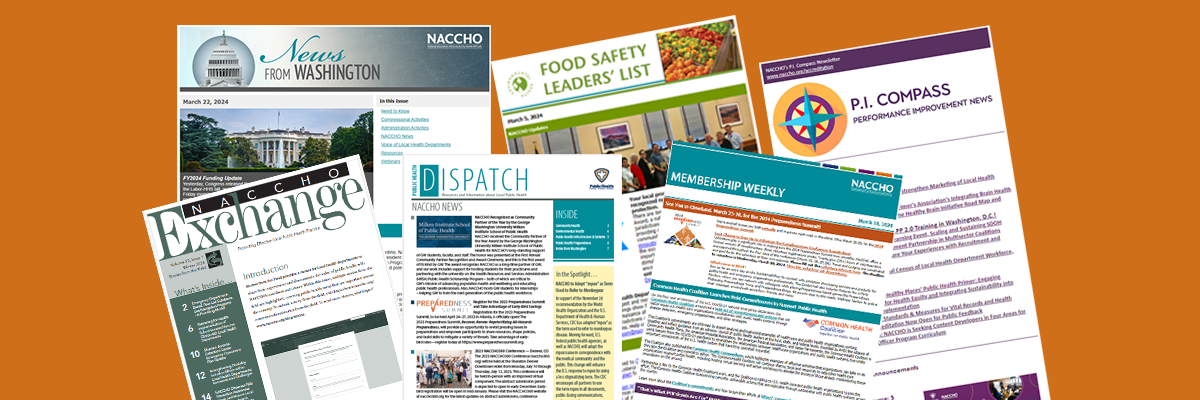
Subscribe Today
Sign Up for the E-mail Digests
Create an account or login to MyNACCHO and go to "My Subscriptions."
SUBSCRIBE NOW